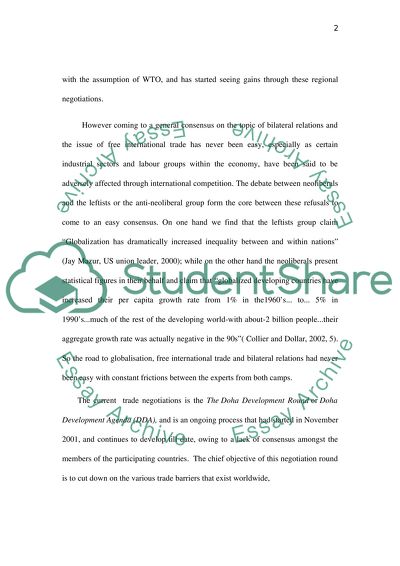Cite this document
(“International Economic Essay Example | Topics and Well Written Essays - 5000 words”, n.d.)
Retrieved from https://studentshare.org/environmental-studies/1405119-international-economic
Retrieved from https://studentshare.org/environmental-studies/1405119-international-economic
(International Economic Essay Example | Topics and Well Written Essays - 5000 Words)
https://studentshare.org/environmental-studies/1405119-international-economic.
https://studentshare.org/environmental-studies/1405119-international-economic.
“International Economic Essay Example | Topics and Well Written Essays - 5000 Words”, n.d. https://studentshare.org/environmental-studies/1405119-international-economic.


